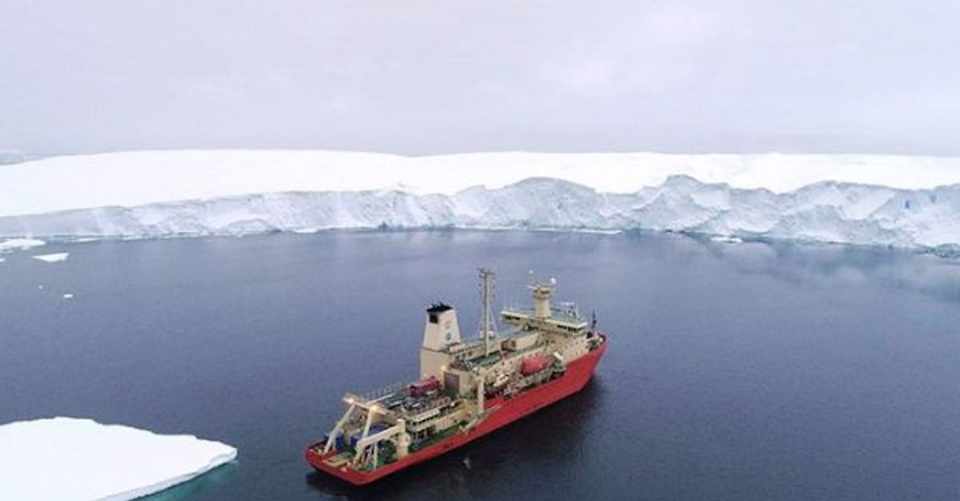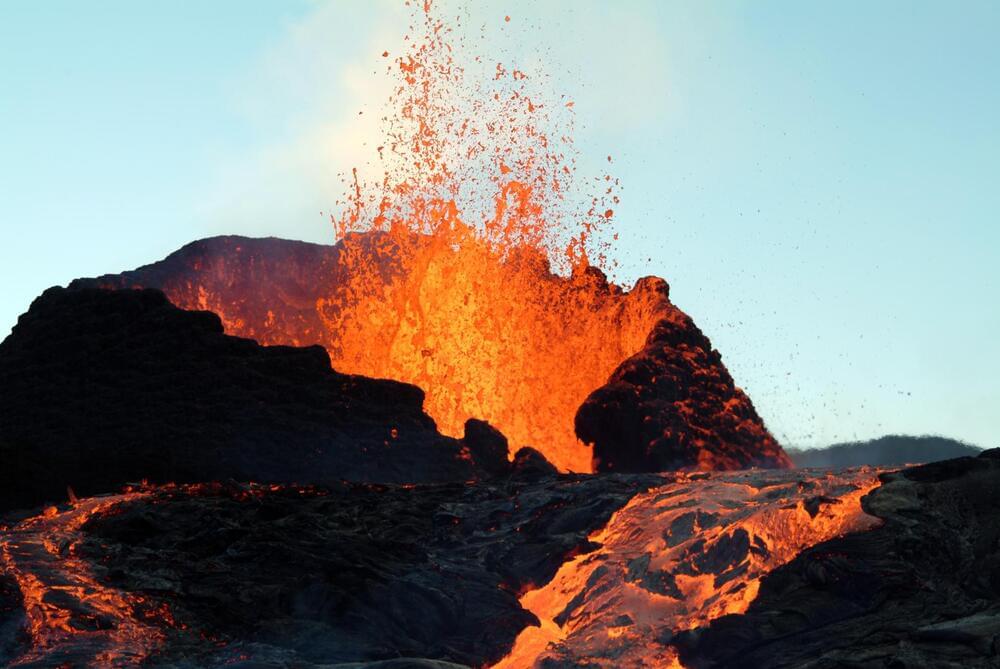
Underwater robots that peered under Antarctica’s Thwaites Glacier, nicknamed the “Doomsday Glacier,” saw that its doom may come sooner than expected with an extreme spike in ice loss. A detailed map of the seafloor surrounding the icy behemoth has revealed that the glacier underwent periods of rapid retreat within the last few centuries, which could be triggered again through melt driven by climate change.
Thwaites Glacier is a massive chunk of ice — around the same size as the state of Florida in the U.S. or the entirety of the United Kingdom — that is slowly melting into the ocean off West Antarctica (opens in new tab). The glacier gets its ominous nickname because of the “spine-chilling” implications of its total liquidation, which could raise global sea levels between 3 and 10 feet (0.9 and 3 meters), researchers said in a statement (opens in new tab). Due to climate change, the enormous frozen mass is retreating twice as fast as it was 30 years ago and is losing around 50 billion tons (45 billion metric tons) of ice annually, according to the International Thwaites Glacier Collaboration (opens in new tab).
The Thwaites Glacier extends well below the ocean’s surface and is held in place by jagged points on the seafloor that slow the glacier’s slide into the water. Sections of seafloor that grab hold of a glacier’s underbelly are known as “grounding points,” and play a key role in how quickly a glacier can retreat.

















